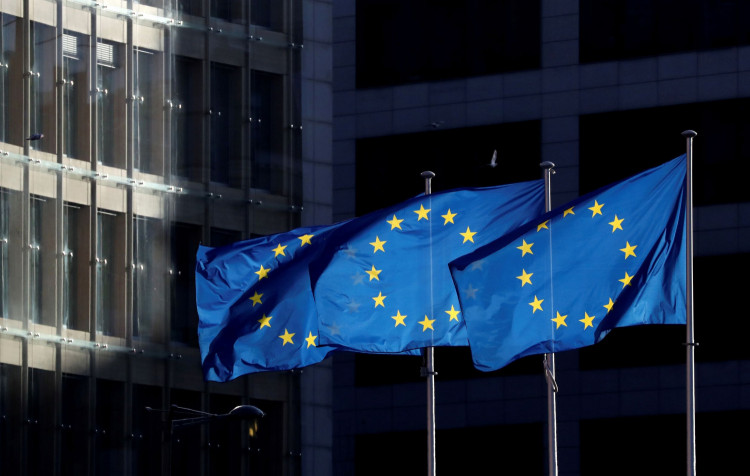Inflation in the eurozone dipped to 2.5% in June, a slight decrease from May's 2.6%, as reported by the European Union's statistics agency. This headline figure aligns with the expectations of economists polled by Reuters. Despite this overall dip, core inflation, which excludes volatile components like energy, food, alcohol, and tobacco, remained steady at 2.9%, narrowly missing the forecast of 2.8%.
The rate of price rises in services, a key area watched by economists, also held firm at 4.1%. This persistence in core and services inflation suggests that underlying price pressures remain resilient, posing a challenge for the European Central Bank (ECB) as it navigates its monetary policy.
Investors are now closely analyzing what this latest inflation data means for the trajectory of interest rates in the 20-nation eurozone. The ECB initiated a 25 basis point rate cut in June, but the stability in core inflation figures has left the market cautious about the likelihood of further cuts. According to LSEG pricing data, money markets currently see a high probability of another two interest rate trims of 25 basis points each across the ECB's remaining four meetings this year. However, there is only a 33% chance of a follow-up cut this month.
ECB Vice President Luis de Guindos highlighted the uncertainty ahead, stating that while the central bank is confident that inflation will converge to its 2% target, the coming months will present a "bumpy road" with no "predetermined path" for monetary policy. His comments, made on the sidelines of the ECB Forum on Central Banking in Sintra, Portugal, underscore the cautious approach the bank is taking.
Following the data release, the euro saw a slight dip, falling 0.2% against the U.S. dollar and 0.05% against the British pound. Kyle Chapman, an FX markets analyst at Ballinger Group, noted that the latest consumer price index was essentially a "virtual repeat of the May data," sufficient to cement a pause at this month's ECB meeting. Chapman emphasized the ongoing concern over services inflation, particularly given the backdrop of rising wage growth and falling unemployment, which complicates the ECB's rate-cutting ambitions.
The ECB's stance is echoed by similar caution from the U.S. Federal Reserve, both central banks wary of misjudging inflation's persistence and needing to reverse course prematurely, which could undermine their credibility and make inflation control more challenging. ECB President Christine Lagarde reiterated this cautious approach, stating that it will take time to ensure inflation risks have fully subsided before making further rate cuts. She emphasized that the current rate of 3.75% still represents a significant level of restriction on the economy.
Despite the slight easing in headline inflation, the eurozone economy continues to grapple with the aftermath of higher energy prices and their knock-on effects. Energy inflation in the eurozone was 0.2% year-on-year in June, a sharp turnaround from the earlier disinflationary trend in the sector. The broader economic indicators remain mixed, with near-zero growth and challenges in credit-sensitive sectors such as real estate and construction.
Adding to the economic complexity, the euro has been under pressure due to political uncertainties, particularly the upcoming French elections. This political risk has weighed on the euro, contributing to its recent struggles in the currency markets.
The outlook for interest rates will heavily depend on the ECB's quarterly staff macroeconomic projections. In June, these projections saw an upward revision in the annual average headline inflation outlook for 2024 to 2.5% from 2.3%, with the 2025 forecast also nudged higher to 2.2% from 2.0%. These projections will be crucial in guiding the ECB's future policy decisions.






